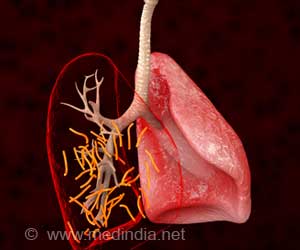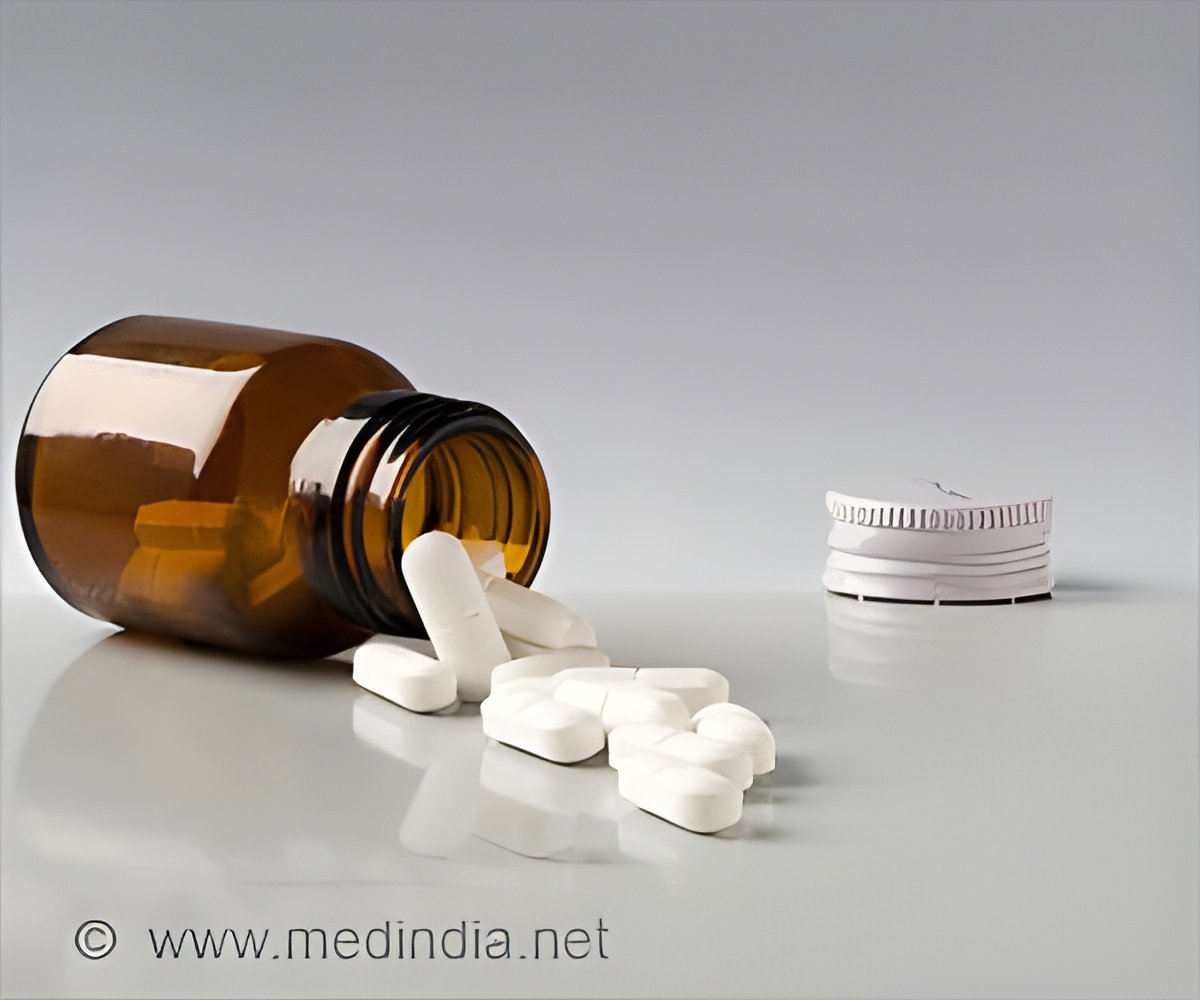, pyrazinamide, rifampicin, and ethambutol followed by four months of isoniazid and rifampicin, does not significantly alter the diversity of the respiratory microbiome, it does lead to the depletion of specific beneficial bacteria with immunological importance. New, shorter tuberculosis treatment regimens are being explored to limit antibiotic exposure to the
.
Given that the respiratory microbiomeis influenced by factors like disease and diet, prolonged antibiotic use can exacerbate microbiome imbalances. Thus, it’s crucial to examine the impact of these antibiotic treatments on the respiratory microbiome.
Study Details:
This study retrospectively analyzed the effects of tuberculosis treatment regimens on the respiratory microbiome using sputum samples collected over time from two clinical trials. These trials assessed the effectiveness of six experimental tuberculosis treatment regimens compared to the standard regimen.
Advertisement
The PanACEA MAMS-TB trial evaluated four experimental treatments with varying combinations and dosages of isoniazid, pyrazinamide, rifampicin, and ethambutol. The HIGHRIF2 study focused on the response to different doses of rifampicin, considering a bacteriological response, tolerability, and pharmacokinetics ().
Sputum samples from patients who responded positively to treatments, with at least one negative culture at the end of the trials, were included in the analysis. Ribonucleic acid (RNA) was extracted, and Mycobacterium tuberculosis load was measured. The RNA was converted to complementary deoxyribonucleic acid (cDNA), and a specific region of the 16S ribosomal RNA gene was amplified. Sequencing and subsequent analyses were performed.
The obtained sequences were assessed for total bacteria and cyanobacteria. Various diversity indices were calculated, including alpha diversity metrics, Shannon diversity index, Pielou’s evenness index, and Faith’s phylogenetic diversity index.
Additionally, participants were grouped by region of origin, and statistical tests were used to evaluate differences in respiratory microbiome diversity.
Specific Dosage for Preserving the Respiratory Microbiome Identified
The study identified a treatment regimen with specific dosages of isoniazid, rifampicin, pyrazinamide, and moxifloxacin that effectively controlled tuberculosis without adversely affecting the recovery of the respiratory microbiome.
The analysis of pre-treatment sputum samples showed the dominance of Firmicutes at the phylum level and Streptococcus at the genus level. The respiratory microbiome demonstrated a pattern of decline and recovery akin to predator-prey dynamics, signifying initial sensitivity and subsequent resistance to antibiotics.
Diversity of the microbiome notably decreased in the first two weeks of treatment, particularly with regimens containing high doses of rifampicin and moxifloxacin. While most microbiome taxa levels rebounded during follow-up, Mycobacterium levels did not, indicating susceptibility to these antibiotics.
To conclude, standard tuberculosis treatment regimens had minimal impact on the respiratory microbiome diversity. However, the addition of moxifloxacin and increased rifampicin dosage significantly affected the microbiome, particularly Mycobacterium levels. Notably, a regimen involving 20 mg/kg of rifampicin led to microbiome recovery within three months.
These findings suggest the potential to enhance tuberculosis treatment without compromising commensal bacteria in the respiratory microbiome.
Reference :
- Effect of seven anti-tuberculosis treatment regimens on sputum microbiome: a retrospective analysis of the HIGHRIF study 2 and PanACEA MAMS-TB clinical trials – (https:www.thelancet.com/journals/lanmic/article/PIIS2666-5247(23)00191-X/fulltext)
Source: Medindia



